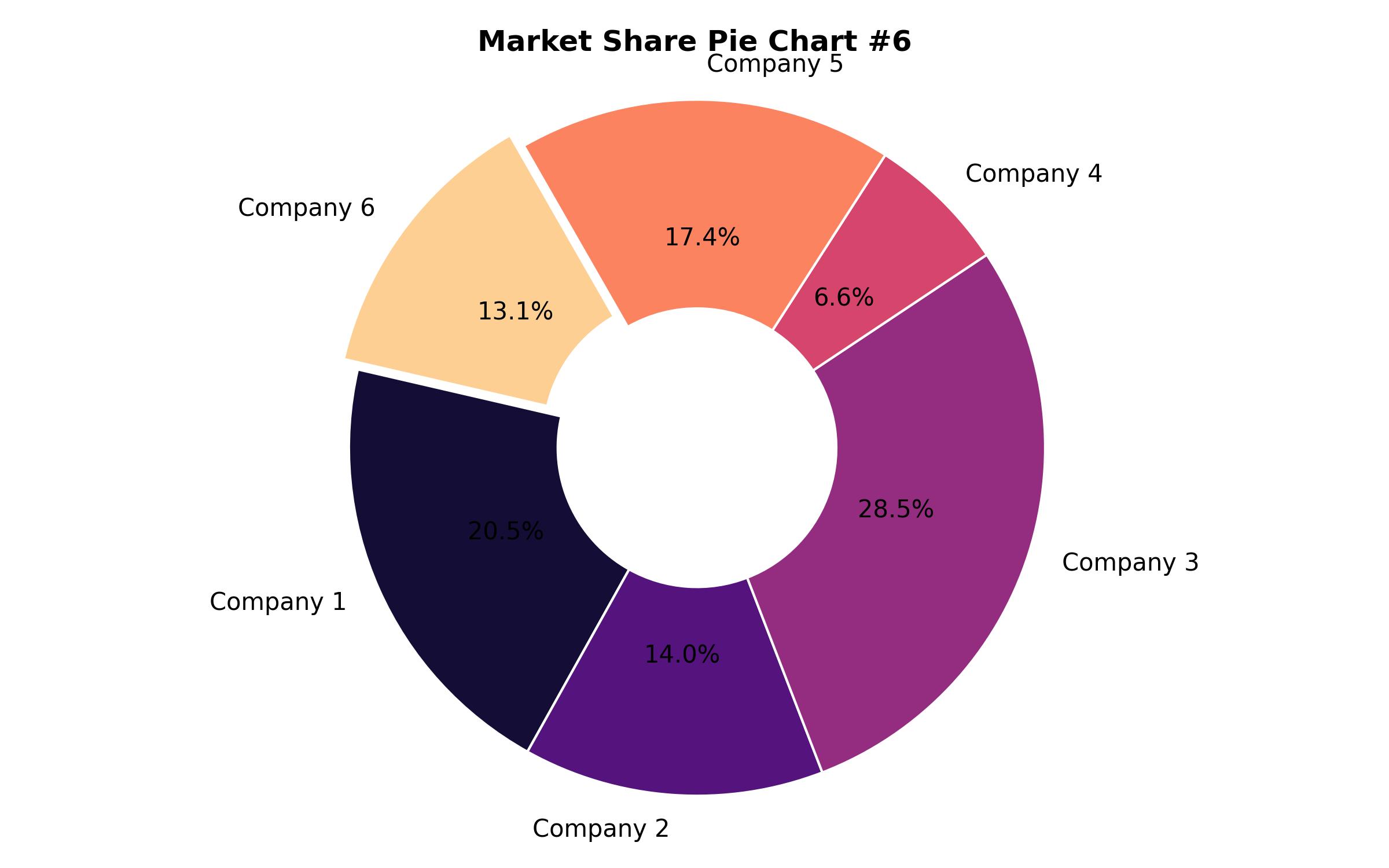Comprehensive Analysis of the E-Commerce Logistics Market: Trends, Growth Drivers, and Projections Through 2035
Overview:
The e-commerce logistics market is poised for substantial growth in the coming years. In 2025, the market size is projected to reach USD 650.2 billion, exhibiting a compound annual growth rate (CAGR) of approximately 18.9% to reach a projected market valuation of USD 3221.6 billion by 2035. This expansion is primarily driven by the continuous surge in online shopping activities worldwide and the increasing demand for efficient and reliable delivery services.
The market is characterized by evolving fulfillment models, including the rise of omnichannel strategies and distributed warehousing. Innovations in last-mile delivery, such as drone delivery and autonomous vehicles, are gaining traction, promising faster and cheaper delivery options. Cross-border e-commerce is also playing a significant role, necessitating more streamlined and effective international logistics solutions.
Technological advancements, such as the integration of AI and machine learning for route optimization and predictive analytics, are improving operational efficiencies. The increasing adoption of automation in warehouses and distribution centers is reducing costs and enhancing throughput. Real-time tracking and visibility solutions are becoming more sophisticated, offering better control and transparency to both businesses and consumers.
Regionally, Asia-Pacific is expected to dominate the market, driven by the large and rapidly growing e-commerce sectors in China and India. North America and Europe are also significant contributors, with increasing demand for faster and more convenient delivery options. Latin America and the Middle East & Africa are emerging markets, presenting considerable growth opportunities due to increasing internet penetration and e-commerce adoption.
Key players in the market are focusing on strategic collaborations and acquisitions to expand their service offerings and geographical presence. These companies are also investing heavily in technology and infrastructure to improve efficiency and sustainability. The competitive landscape is intensifying, with new entrants and innovative business models challenging traditional logistics providers.
The market’s future growth will be further supported by increasing investments in logistics infrastructure and the development of more sustainable and eco-friendly practices. These factors will continue to shape the evolution of the e-commerce logistics market.

Year On Year Growth Chart
“`html
| Report Attribute | Details |
|---|---|
| Market Size in 2025 | USD 650.2 billion |
| Revenue Forecast for 2035 | USD 3221.6 billion |
| Growth Rate (CAGR) | 18.9% from 2025 to 2035 |
| Base Year for Estimation | 2024 |
| Historical Data | 2020 – 2024 |
| Forecast Period | 2025 – 2035 |
| Quantitative Units | Revenue in USD million/billion and CAGR from 2025 to 2035 |
| Report Coverage | Revenue forecast, company market share, competitive landscape, growth factors, and trends |
| Covered Segments | Type, and region |
| Regional Scope | North America, Europe, Asia Pacific, Latin America, MEA |
| Country Scope | U.S., China, U.K., Germany, India, Japan |
| Key Companies Analyzed | DHL Supply Chain, XPO Logistics, FedEx, UPS, Amazon Logistics |
| Customization Options | Free report customization (up to 8 analysts working days) with purchase. Changes to country, regional, and segment scope |
| Pricing and Purchase Options | Customizable purchase options for tailored research needs |
“`

Key Companies Market Share
Report Coverage & Deliverables
- Market Trends And Dynamics
- Competitve Benchmarking
- Historical data and forecasts
- Value/Volume analysis
- Company revenue shares and key strategies
- Regional opportunities
This is an indicative segmentation. Please request a sample report to see detail segmentation of this market.
Detailed Market Segmentation
- By Service Type
- Transportation
- Warehousing
- Last Mile Delivery
- Reverse Logistics
- By End User
- Retail
- Healthcare
- Manufacturing
- Automotive
- Food & Beverage
- By Region
- North America (U.S., Canada, Mexico)
- Europe (U.K., Germany, France, Italy, Spain)
- Asia-Pacific (China, India, Japan, South Korea, Australia)
- Latin America (Brazil, Argentina)
- Middle East & Africa (UAE, Saudi Arabia, South Africa)
Table of Content
- Executive Summary
- Market Overview
- Key Market Drivers
- E-commerce Trends Impacting Logistics
- Global Economic Outlook
- Market Size and Forecast 2025 to 2035
- Logistics Cost Analysis
- Technological Advancements in E-commerce Logistics
- Market Analysis by Service Type
- Transportation
- Warehousing
- Last Mile Delivery
- Reverse Logistics
- Market Analysis by End User
- Retail
- Healthcare
- Manufacturing
- Automotive
- Food & Beverage
- Regional Market Analysis
- North America
- Europe
- Asia-Pacific
- Latin America
- Middle East & Africa
- Competitive Landscape
- Key Market Players
- Market Share Analysis
- Strategic Developments
- Regulatory Environment
- Sustainability in E-commerce Logistics
- Future Market Opportunities
- Market Challenges and Risks
- Analyst Recommendations
- Research Methodology
